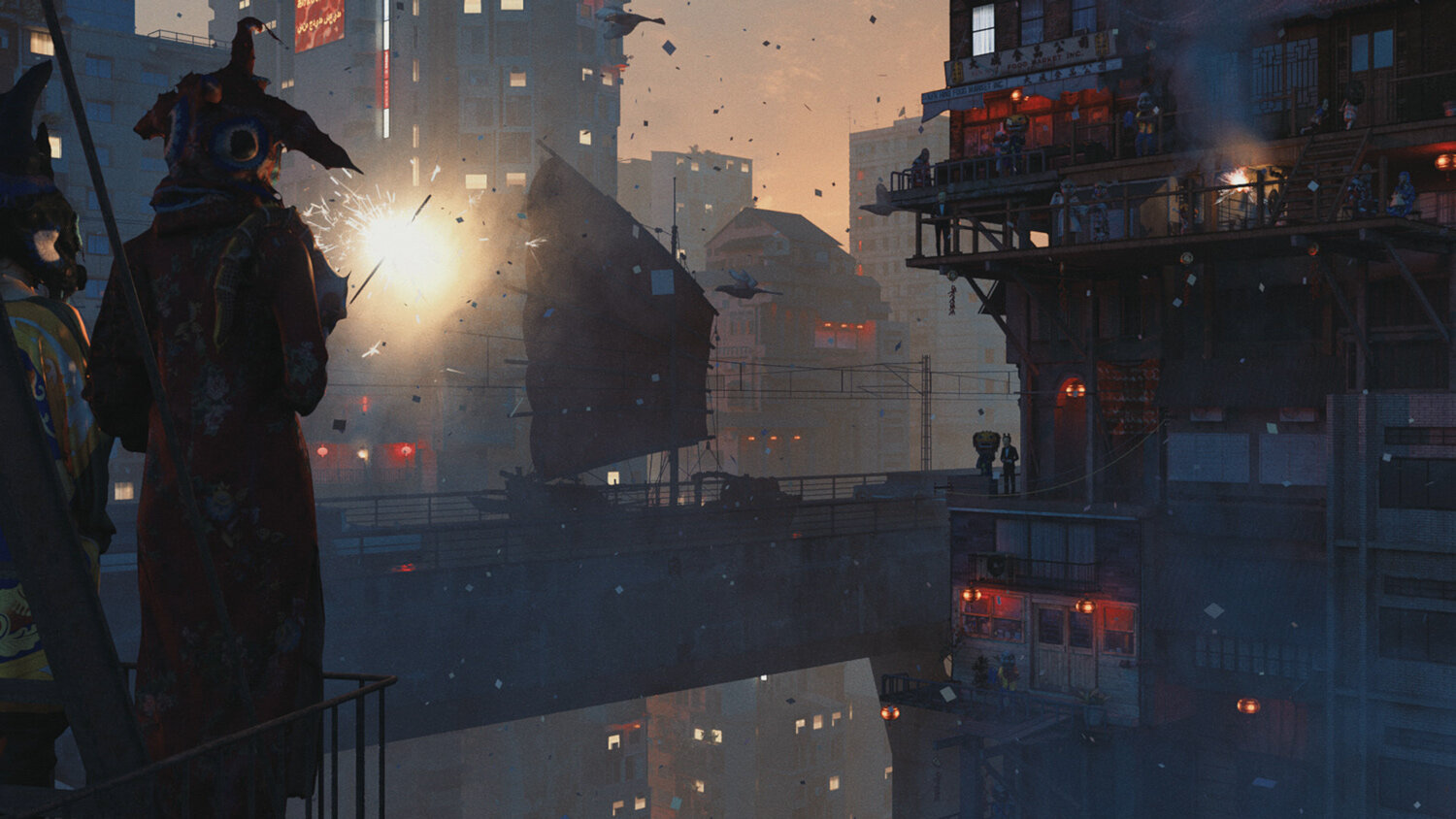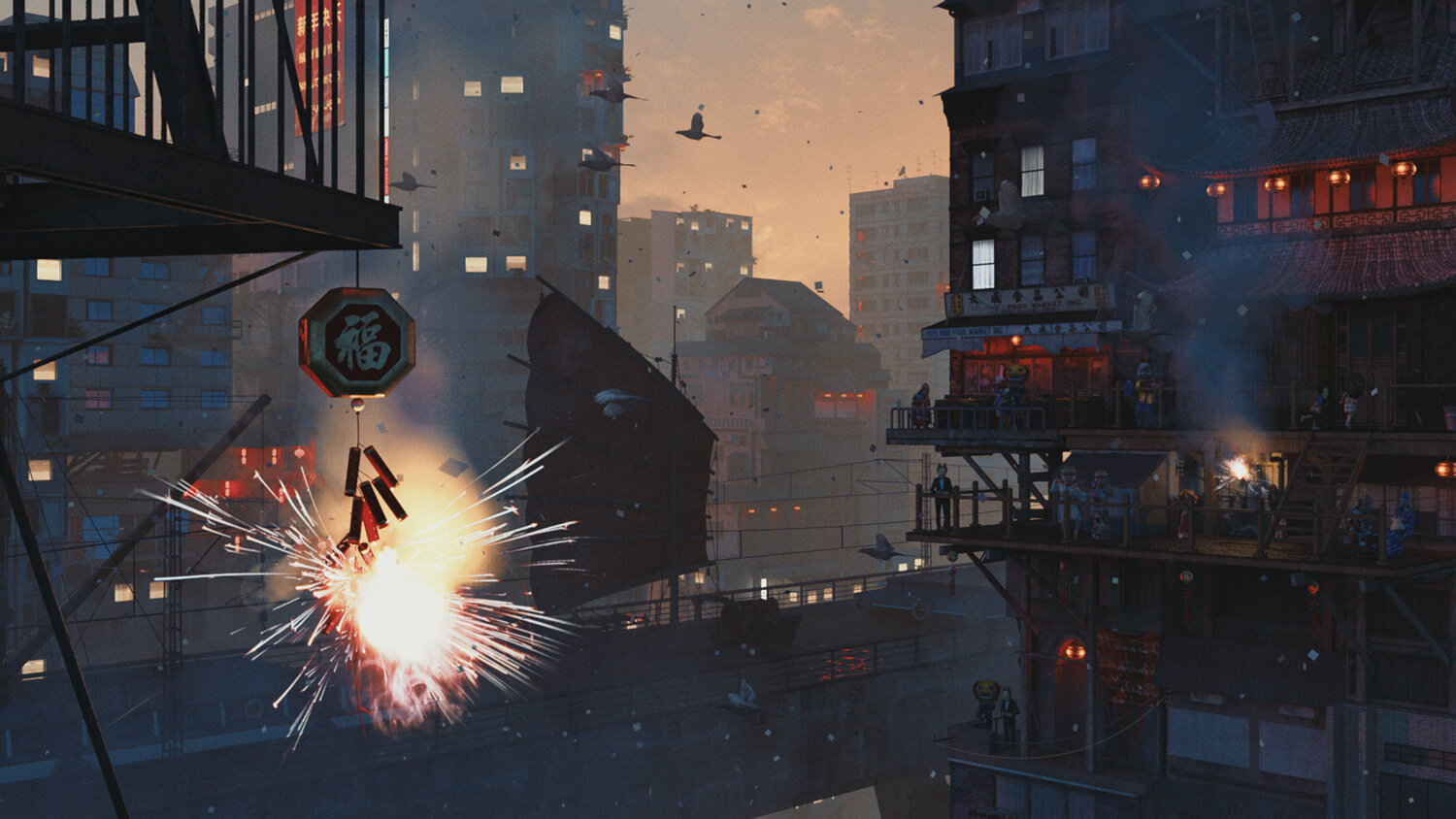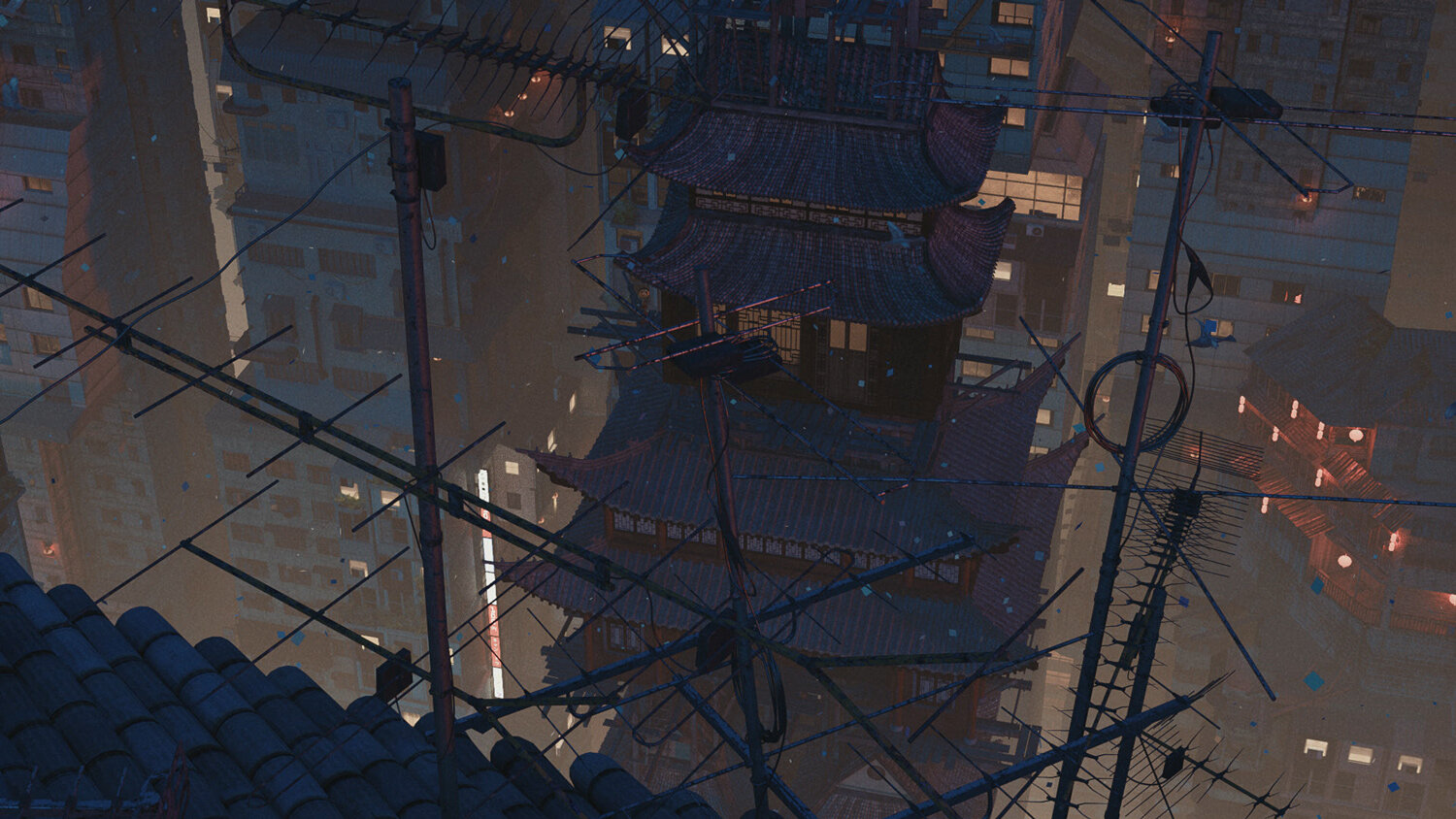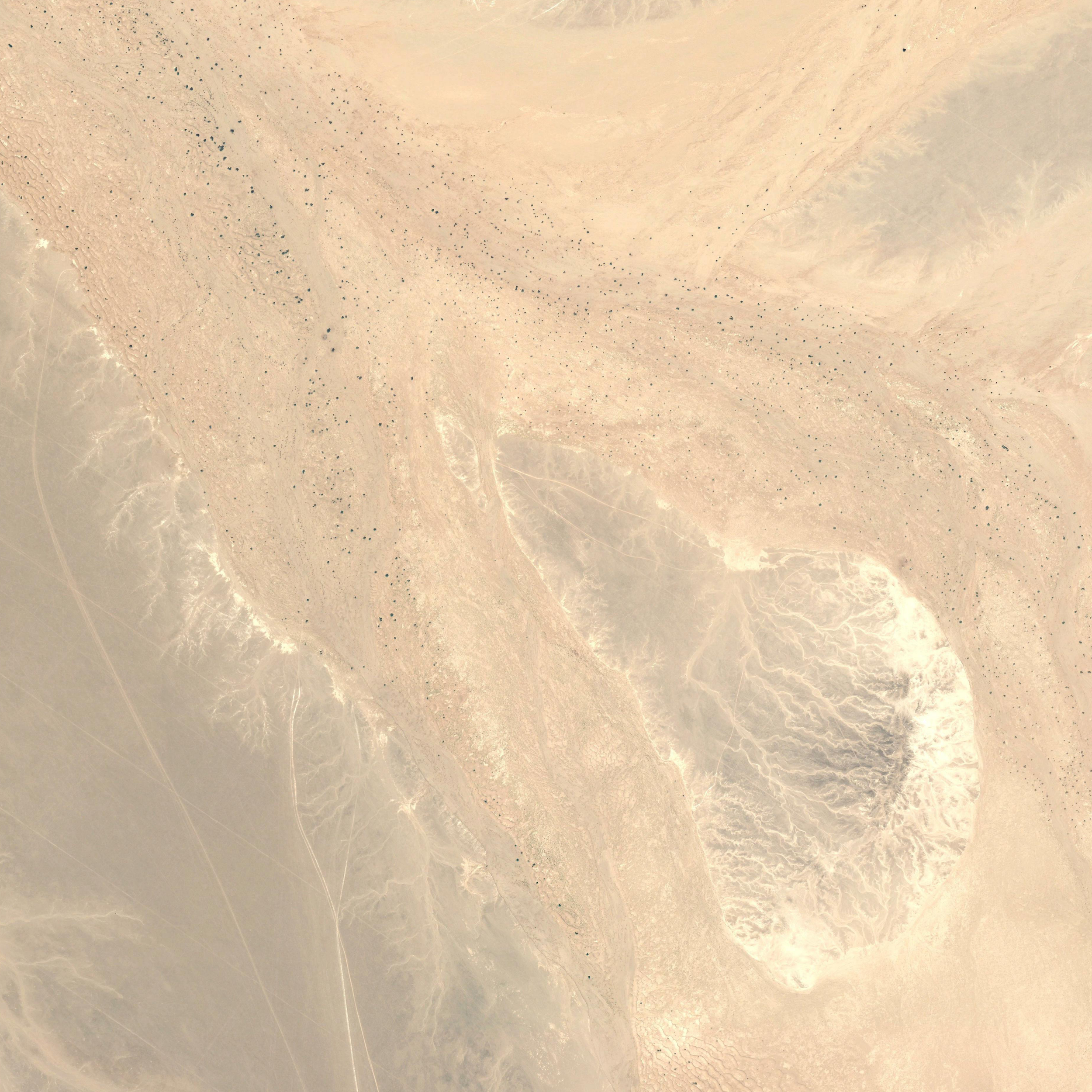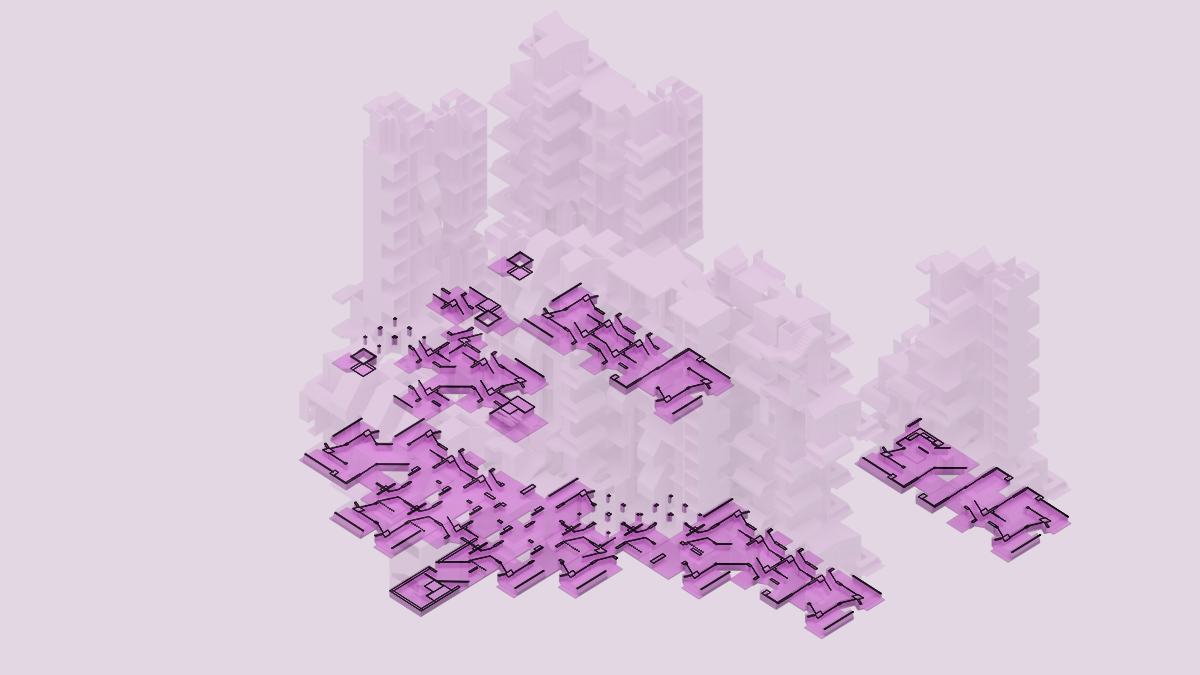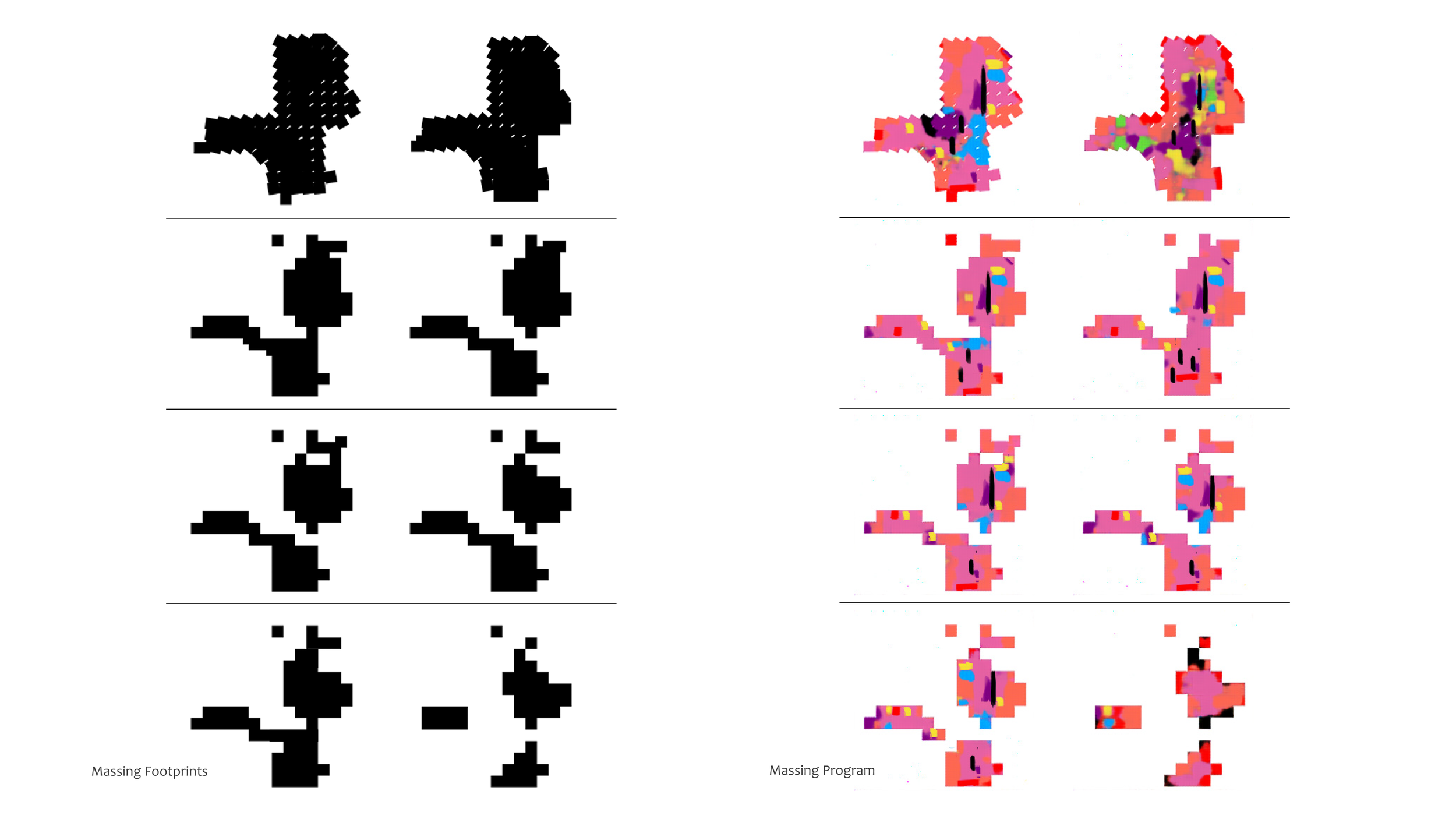Views of Planet City
Could we design a single city for 7 billion people? What might happen if we radically reverse the sprawl and retreat from our existing countries into one hyper-dense metropolis housing the entire population of earth? This is the world collapsed into a single city, a microcosm of the planet that may allow us to return the rest of the world to a global-scaled wilderness. Planet City is a window into a hopeful urban future, simultaneously an extraordinary image of tomorrow and urgent examination of the environmental questions facing us today. Although wildly speculative, the project is a plausible and possible proposal developed from real calculations, and informed by the cutting edge research of internationally acclaimed environmental scientists and technologists.
A faculty-led team of student researchers will conduct field research, traveling to meet with the scientists developing the most powerful technologies related to climate science. For example: “the world’s biggest … solar energy plant, freshwater dam, vertical farm…” They may visit the greenhouses of the Netherlands where the most efficient automated agricultural practices have been developed, the e-waste villages of Ghana where we mine our own technologies rather than the virgin Earth and the world’s largest solar fields in China where immense populations are running off renewable energy. These sites are often seen as dystopias but in Planet City, they will be reframed as the solutions to a world on the point of collapse.
Futurists drawn from the fields of philosophy, technology and film will be engaged in research and planning in a variety of ways. These thinkers, theorists and storytellers (listed in the External Collaborators section above) will provide a theoretical and research framework for the project, informing the design of the city from a cultural, political and social perspective. One or more of these experts will be invited Futurists-in-Residence, embedded in SCI-Arc design studio courses, where they will author Planet City-based narratives, working closely with students who will visualize and design their stories.
Planet City’s intended outcome is to challenge audiences to question conventional ecological theory of sustainability that revolves around seeking ways to continue the status quo—and invites them to inhabit a radical reimagining of what our culture looks like.
Planet City Simulator
Planet City Simulator is one of five faculty projects being developed for "Views of Planet City" for Pacific Standard Time. Below are a faculty project and student's work that serve as an example of procedural + machine learning workflows used in the Planet City Simulator's development.
HoaxUrbanism, 2016, M. Casey Rehm - An image classifier is trained to predict the most probable form of inhabitation on uninhabited desert sites between agricultura, urban, and suburban density levels. This prediction then triggers one of three networks trained to simulate this transformation.
Student Jennifer Rufener (Architectural Technology 2020) used 3D grow algorithms to generate building massings for an urban infill masterplan. Neural Networks trained to distribute program based on floor plates were utilized to locate pre-fab components within the building masses. Instructors, M. Casey Rehm, Marcelo Spina, and Damjan Jovanovich.
Funded By: The Getty Foundation, Google AMI
Planet City was originally commissioned by the National Gallery of Victoria, Melbourne with the support of the Hugh D.T Williamson foundation and University of Technology, Sydney.
